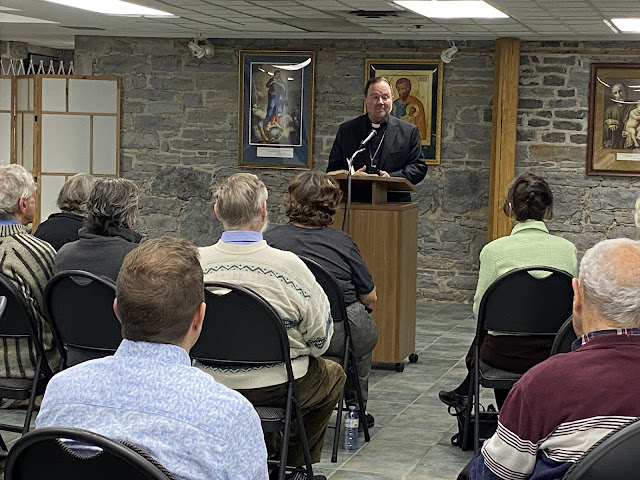Infants born alive after abortion has come up recently. JD Vance asserted on October 1, 2024 that Tim Walz signed a statute in Minnesota, whereby doctors would no longer be required to provide life-saving care to a baby born alive after an abortion.
But why discuss this most electric of third rail issues? The politics gloss over the point. The real answer is laid bare in a June 2024 study that received no attention, published in the American Journal of Obstetrics and Gynecology. Our leaders should address issues before them, and infants born alive after abortion is clearly one of them. Babies born alive after an abortion in the second trimester, the authors assert, is “common.”
In resolutely academic language, the study says on average, eleven percent of abortions in the second trimester result in a live birth. 40 percent of these abortions are done between 20 and 24 weeks gestation (where over a quarter, one in four, resulted in a live birth). The reasons for the abortions are not fetal abnormality or maternal emergency, but rather in the majority “other personal factors.” This points to these abortions being done for social reasons. The mean survival time of the babies “is 110 minutes, with a range of 1 minute to 1 day.” The result of infants born alive after abortion is so common that the study authors advise “mothers be counseled on the risk of live birth.”
That’s an awkward counseling session.
The kicker for Canadians is that the study sample was 13,777 abortions done between 1989 and 2021 in Quebec. This means that over 32 years, about 430 abortions resulted in live births every single year in that province.
A couple of observations:
First, most will say this doesn’t happen in Canada. It is called propaganda when (always) pro-life people bring it up.
Second, pro-life people ought to raise this. The weird twilight zone of transitioning from deliberately killing the fetus in utero to placing the baby in a neonatal ward or palliative care puts pro-choice people in, ahem, an uncomfortable position.
The authors speak of “feticidal injection” as “protective.” It means an injection will ensure the fetus emerges dead. “Live birth,” they tell us, “is less common after surgical abortion because the fetus is rarely intact.” Translation: Dismembering the fetus inside the womb better guarantees a dead baby.
Those who stridently defend this should be on the defensive.
An Austrian study in 2018 found fully 50% of abortions done between 20 and 24 weeks resulted in a live birth. There’s a global cadre of medical professionals who either rush to take an aborted baby to the neonatal unit, or witness the baby dying. They must watch signs of life disappear—“including breathing, heartbeat, umbilical cord pulsation, or muscle movement,” whether it takes one minute or one day.
The Mayo Clinic says a fetus at 20 weeks “might be awakened by noises or your movements.”
A doctor friend who delivers babies affirms this is a study about more effectively killing babies in utero. He points out a morally defensible scenario: “A woman at 22 weeks gestation with skyrocketing blood pressure, kidneys shutting down, liver enzymes through the roof, where the enemy is the placenta and that needs to be removed as soon as possible.”
Maternal emergency is the reason for these abortions in just five percent of cases.
So here we are, living comfortably sedated in relative peace and prosperity while we kill our children, only to have them live but then die. Whether uttered by Melania Trump or Kamala Harris, “reproductive freedom” must be one of the most malicious, nefarious terms the world has known.
Now more than ever, babies are unseen. The baby in utero: she’s rarely present. Today, fertility rates are so low we barely see born children in our daily lives.
This summer, I watched caterpillars and snails die in habitats we lovingly created for them. I felt bad. I began encouraging my kid to leave the caterpillars in the woods. It must be truly terrible to witness a baby emerge alive, who is supposed to be dead. Much worse is not finding it terrible at all.
This study doesn’t find it terrible. It simply documents. That’s a service to pro-lifers, and that’s why no one knows about the study.
But I can’t un-know what I just read, and now, dear reader, neither can you.
Andrea Mrozek is Senior Fellow at Cardus Family.




















.jpg)









